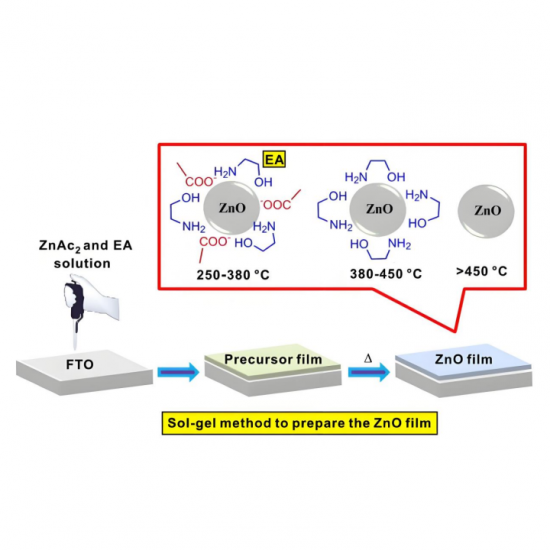Perovskite Solar Cell Machine: Innovations in Solar Technology
A perovskite solar cell machine is specialized equipment designed for the fabrication and processing of perovskite solar cells, a cutting-edge technology in the renewable energy sector. Perovskite solar cells are known for their high efficiency, low production costs, and potential for flexible applications, making them a promising alternative to traditional silicon-based solar cells.
● Key Components of a Perovskite Solar Cell Fabrication Research
1. Material Preparation Station
- Chemical Mixing: The machine includes systems for accurately mixing precursor materials needed to create the perovskite layer, often involving materials like methylammonium iodide and lead halides.
- Substrate Cleaning: Substrates (e.g., glass, plastic) are cleaned and prepared to ensure optimal adhesion and performance of the perovskite layer.
2. Coating and Deposition Equipment
- Spin Coater: Used for applying the perovskite solution onto the substrate through spin-coating techniques, allowing for uniform layer thickness.
- Slot Die Coater: This alternative method enables larger-scale production by applying the perovskite layer continuously over wider substrates.
- Sublimation Systems: Some machines may include sublimation techniques to create high-quality thin films directly on the substrate.
3. Annealing and Drying Units
- Heating Plates or Furnaces: These components are used to anneal the coated substrates, which helps in crystallizing the perovskite layer and enhancing its properties.
- Drying Chambers: These provide controlled environments to evaporate solvents, ensuring that the perovskite layer is properly cured.
4. Layering and Encapsulation Modules
- Electron and Hole Transport Layer Application: Machines often include stations for applying additional layers, such as electron transport and hole transport layers, which are crucial for cell efficiency.
- Encapsulation Systems: These ensure that the final solar cell is protected from moisture and environmental factors, enhancing durability.
5. Testing and Quality Control
- Performance Testing: Integrated systems measure key parameters like efficiency, voltage, and current, ensuring that each cell meets quality standards.
- Inspection Equipment: Automated visual inspection systems may be included to identify defects in the layers or coatings.
● Advantages of Perovskite Solar Cell Machines
1. High Efficiency: The ability to produce high-quality perovskite layers translates to improved solar cell efficiency compared to some traditional methods.
2. Cost-Effectiveness: The lower material costs and simpler processing methods can reduce overall production expenses, making solar energy more accessible.
3. Scalability: Many perovskite solar cell machines are designed for scalability, allowing manufacturers to increase production as demand grows.
4. Flexibility in Applications: The ability to create lightweight and flexible solar cells opens up new possibilities for integration into various surfaces, including buildings and vehicles.
● Considerations for Using Perovskite Solar Cell Machines
1. Material Handling: Perovskite materials can be sensitive to moisture and light; therefore, the production environment must be controlled to prevent degradation.
2. Safety Precautions: Some precursors can be toxic (e.g., lead compounds), so proper safety measures must be implemented during the manufacturing process.
3. Research and Development: Continuous advancements in materials and techniques require ongoing research and development efforts to optimize processes and improve efficiency.
● Conclusion
A perovskite solar cell machine represents a significant advancement in solar technology, facilitating the production of high-efficiency, cost-effective solar cells. As the demand for renewable energy solutions grows, these machines will play a crucial role in the development and commercialization of perovskite solar technology, contributing to a more sustainable energy future.

